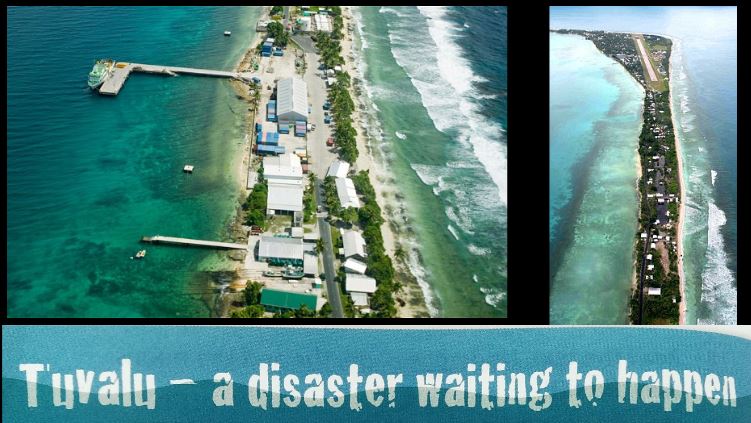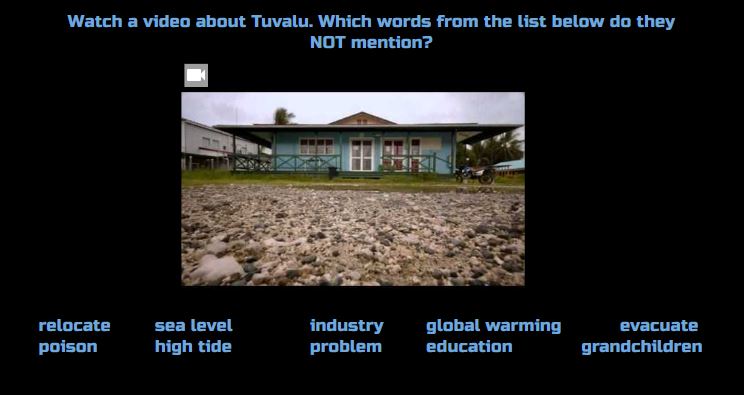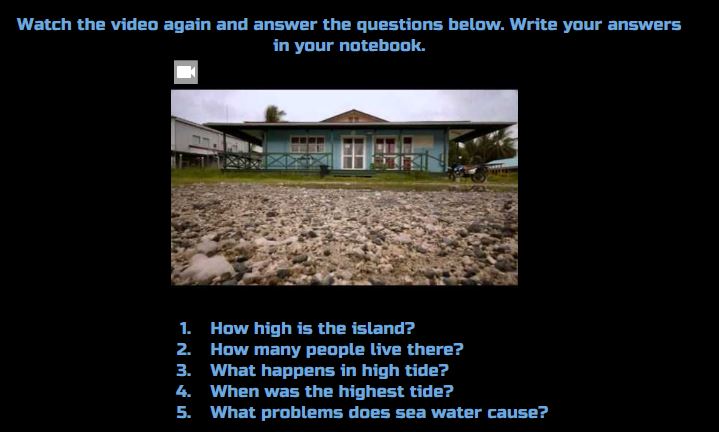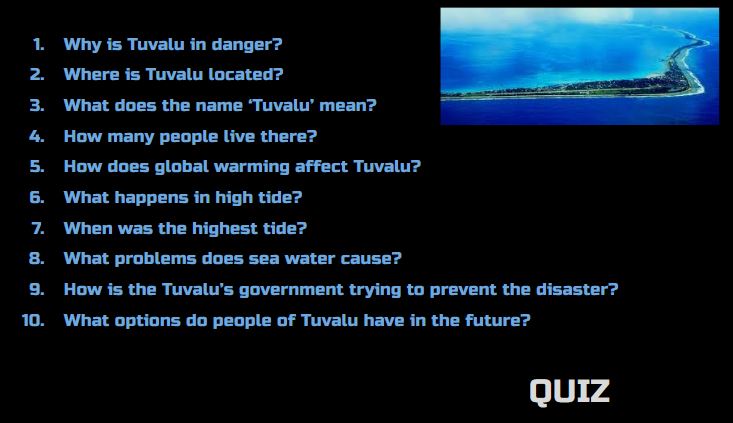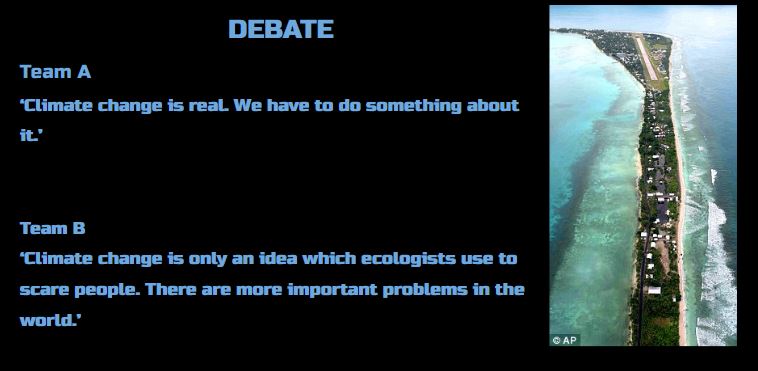Level: B1 / Age: teens, adults / Time: 90 mins
The reading text comes from the book New English File Intermediate (2nd edition) and it is about Frida Kahlo’s house. I used this text many times and it never generated the response I was hoping for. After all, Frida was a very interesting artist. However, the text, included in the book clearly for linguistic purposes, does not seem to be exploited enough in the activities suggested in the coursebook.
In this lesson, I start with creating interest for the text through the use of some pictures and questions. This is followed by gist and detailed reading activities. The most interesting bit comes in the follow-up. Students find out more about the house from a short video and then have a chance to use their knowledge in a role play.
Procedure:
- Teacher projects pictures of Frida Kahlo’s house and asks questions: What is special about the house? Where do you think it is located? Who lived in it? What do you think can be found in other rooms? What does it say about the person who lived in it? Do you like it?
3. If students have guessed whose house it was, they can then share information about Frida Kahlo’s life and art.
4. Teacher elicits vocabulary connected with houses and furniture to describe Frida’s house and its interior. In this way students prepare for the reading task.
5. I changed the original activities for gist and detailed questions. You may also choose to pre-teach some vocabulary or do the matching activity from the book.
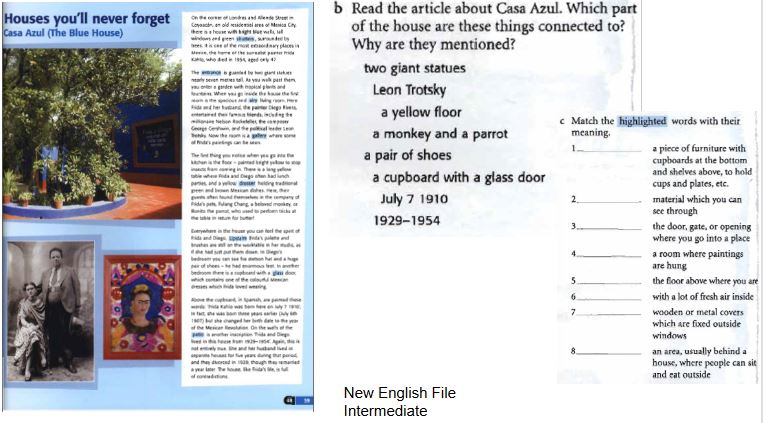
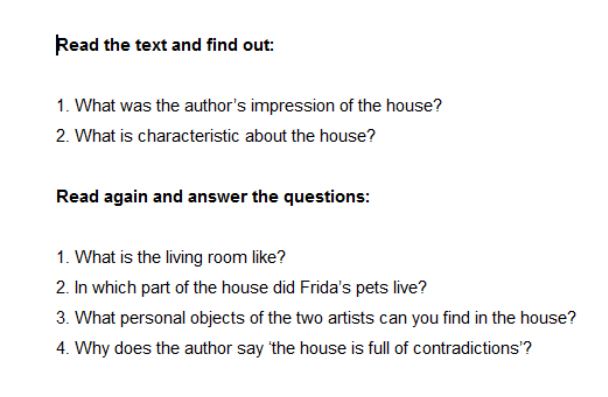
6. After reading the text I wanted my students to have a better idea of what it would be like to be there and see it with your own eyes. I decided to use a lovely video where an expert talks about Frida’s life, her art and how these two are reflected in the house interiors. Students first focus on what they can see in the video and later listen for some detailed information.
I believe the use of the video brings the topic to life for the students and makes it more likely they will repond to it more personally and emotionally. It also helps them prepare for the final communicative task.
7. To consolidate all the knowledge students have about Frida Kahlo’s house, her life and art, they now prepare to be museum guides. They choose a picture (make sure there are a few to choose from) and write a short description of the place including some information from the text and the video.
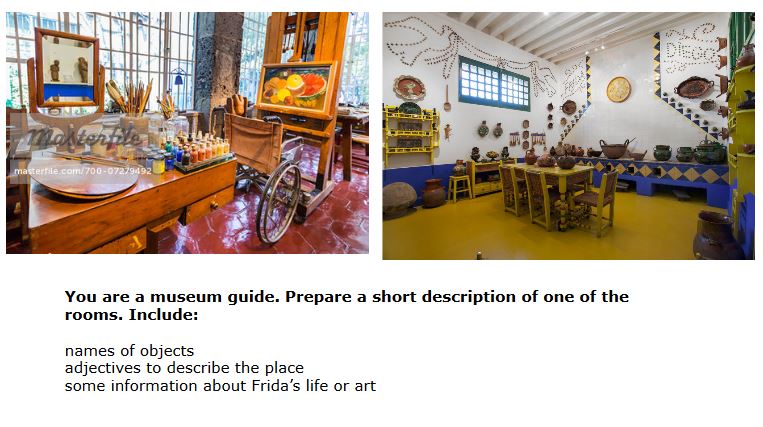
8. When they are ready with their descriptions you may want to upgrade their language of presentation a bit by giving students some useful phrases.
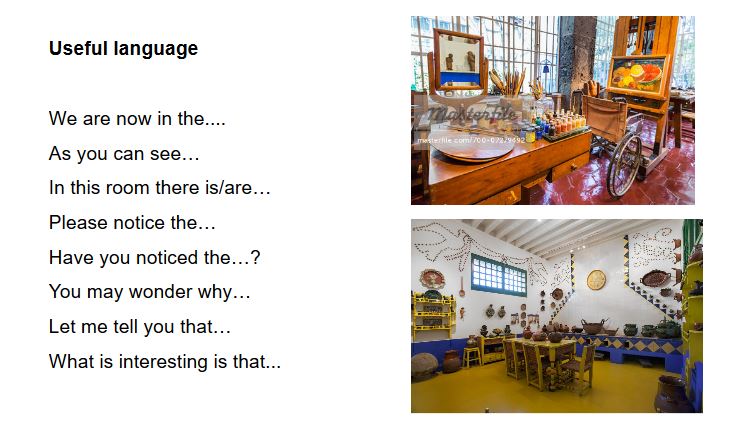
9. Before they start with their presentations brainstorm questions tourist may want to ask in Frida Kahlo’s museum about the rooms or her life and work. For weaker students provide models of questions.
10. Once they are ready to perform students are put into small groups and act as tourists and museum guides. You may want to put pictures of different rooms around the classroom so that it feels more like ‘a museum’. Students walk around and take turns presenting the room they have chosen. Encourage ‘tourists’ to aks questions at every stop they make.
To keep students interested in the topic and encourage further research you can ask them to watch at home a documentary about Frida (there are plenty available online) and to share any new information in the following class. It would be nice to keep the discussion going instead of finishing it abruptly and moving on to the next topic in the book.










